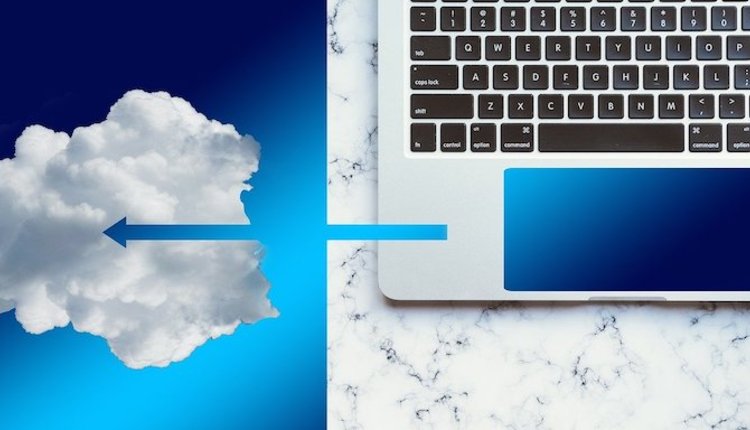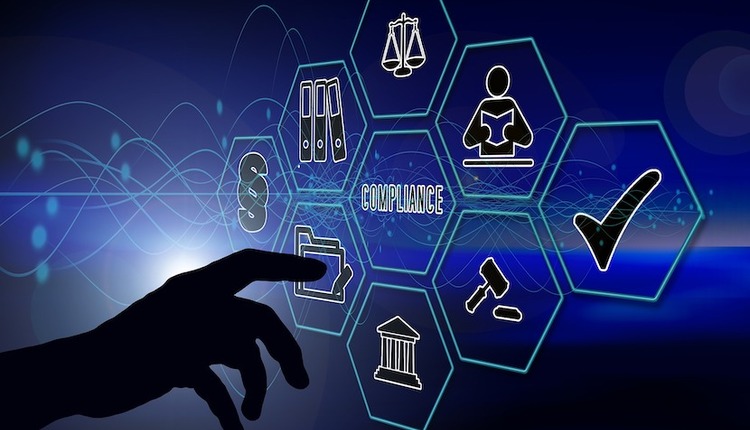Ralph Brown, a famous trademark lawyer, emphasized that trademark law should stress the use of trademark as an "informative" and "signaling" function that efficiently communicates useful information to consumers, reduces the cost of product search to shoppers and enables one company to promote itself globally or franchise itself to independent entrepreneurs. Judge Frankfurter noted, "If another poaches upon the commercial magnetism of the symbol he has created, the owner can obtain legal redress."
The Lanham Act of 1947 is Congress' definitive rulebook about trademarks. Does its definition of infringement work in the online world? The legal answer is yes — provided the mark promotes enhanced consumer knowledge of competitive products and does not diminish fraud protection or restrict free speech. Granting ownership rights over trademarks encourages investment in product quality and prevents consumer deception.
Trademark violations bring penalties that are far less severe than with other intellectual property crimes such as copyright and patent infringement. With copyright infringement, the awards for damages in terms of licensing fees and back royalties can be considerably steep and run into hundreds of thousands — indeed, millions — of dollars. The damages awarded in a patent lawsuit hardly ever total less than a million dollars and often run into the hundreds of millions. With trademark violations, however, the most common remedy granted to a successful plaintiff in an infringement lawsuit is an injunction against further infringement. Under the Lanham Act, damages can also be awarded, but in practice, they rarely are. In the case of a federally registered, infringed-upon trademark, attorneys' fees are also available to the winner of the lawsuit.
The Lanham Act provides a strict set of "likelihood of confusion" criteria for comparing an alleged infringing trademark against the original one. One applies Lanham's salient factors by taking into consideration: (1) the similarity in the overall impression created by the two marks; (2) the similarities of the goods and services involved; (3) the strength of the plaintiff's mark; (4) the intent of the defendant in adopting its mark; and (5) evidence of actual confusion by consumers. But these criteria don't account for the unique nature and idiosyncrasies of cyberspace. Take, for example, using trademarks online as meta-tags, location providers and data pointers. The law should allow such use of trademarks freely so long as it does not obstruct consumers from carrying out product comparisons. Yet instead, lawyers jump on every opportunity — no matter how petty — to sue for infringement or to collect royalties on the de minimis use of trademarks as data tools.
The bottom line is that the rules for trademarks should promote public policy rather than exist simply to protect trademarks from competitors in the marketplace. Above all, they ought not to promote the use of a trademark as a thing-in-and-of-itself that has a value equivalent to that of real property. Attorney Mark Lemley says that nowadays, there is a dangerous tendency to "treat trademarks as assets with their own intrinsic value, rather than as a means to an end." The Internet, with its instantaneous, worldwide scope and incredible communicative power, enormously leverages this perverse trend in trademark law to treat a trademark as a form of real property — much to the detriment of the public and to the ill fate of free trade in general. When this happens, trademarks cease to fulfill their function as the U.S. Congress originally intended it. Indeed, Lemley may not be engaging in hyperbole when he warns, "Unless we are careful, we may end up in a world in which every thing, every idea and every word is owned."
ARTHUR GINGRANDE [arthur@imergeconsult.com], ICP, is co-founder and partner of IMERGE Consulting, a document-centric management consulting firm. Mr. Gingrande holds a Juris Doctor degree from the Massachusetts School of Law.








